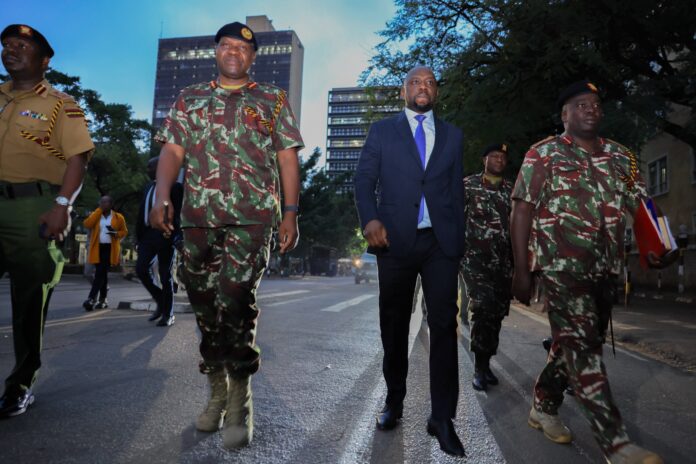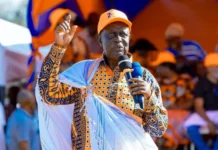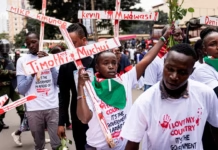Interior Cabinet Secretary Kipchumba Murkomen has accused sections of the Kenyan media of abandoning journalistic neutrality and instead fueling Wednesday’s Gen Z-led protests through what he termed as “activist-style” live coverage.
Addressing a press conference at Harambee House on Thursday, Murkomen claimed that certain broadcasters not only covered the protests but also acted as real-time mobilisers, encouraging citizens to take to the streets and even allegedly giving directional updates toward key government installations like State House.
“Our biggest problem with live broadcasting, having watched a number of media stations yesterday, is the idea that media becomes the centre of mobilisation,” said Murkomen.
“Some were essentially guiding protestors on how to converge and which routes to take.”
The remarks follow the Communications Authority’s directive on June 26 to temporarily suspend live transmission, citing threats to national security and public order as Kenyans marked the anniversary of the 2024 Finance Bill protests.
Murkomen defended the move, saying that while freedom of the press is protected under Article 34 of the Constitution, it must be exercised with restraint and national interest in mind.
He accused The Standard newspaper in particular of pushing “a politically charged agenda,” and warned that the government would not hesitate to take “precautionary measures,” including the closure of media outlets if they are deemed to threaten national stability.
“If this country burns, it’s a loss to everyone. Media houses must self-regulate. But if it’s necessary to shut down a station to save Kenya, we’ll do it,” he warned.
Citing the 2007/2008 post-election violence, Murkomen said the government had learned from history and would act early to curb misinformation and incitement.
His comments have already drawn sharp criticism from media freedom advocates, who say the government risks backsliding into authoritarianism by treating journalism as a threat rather than a watchdog.



















